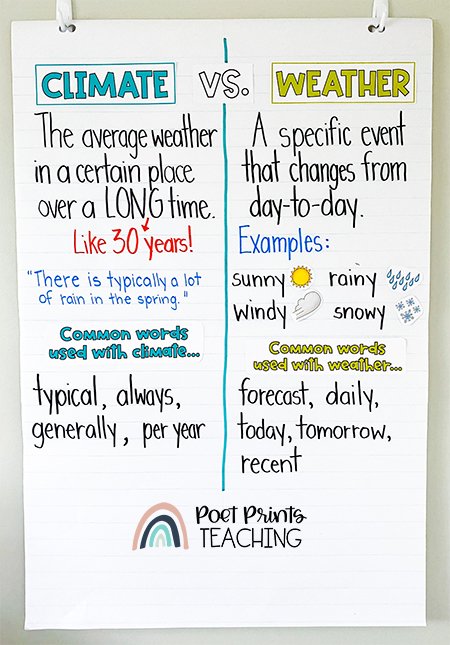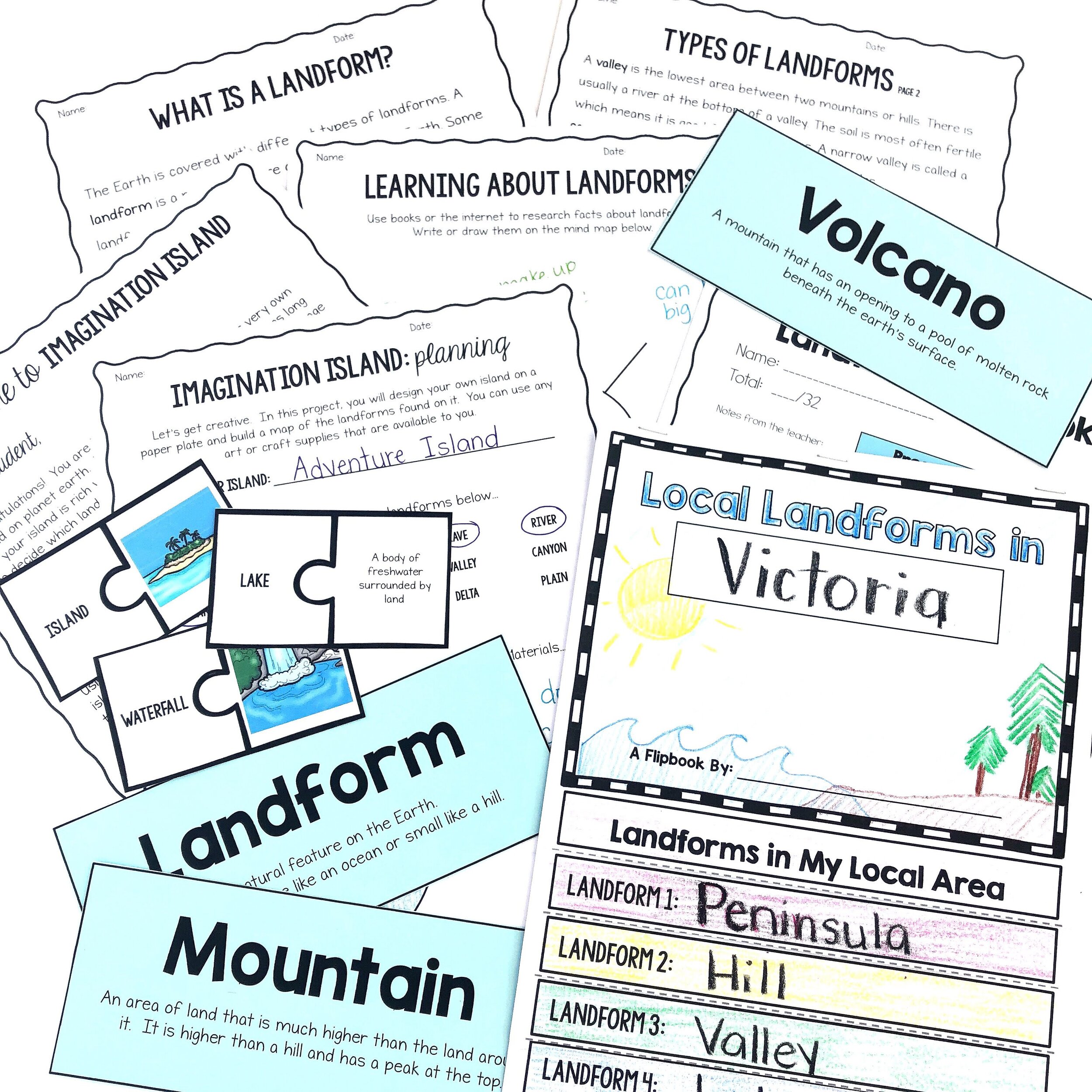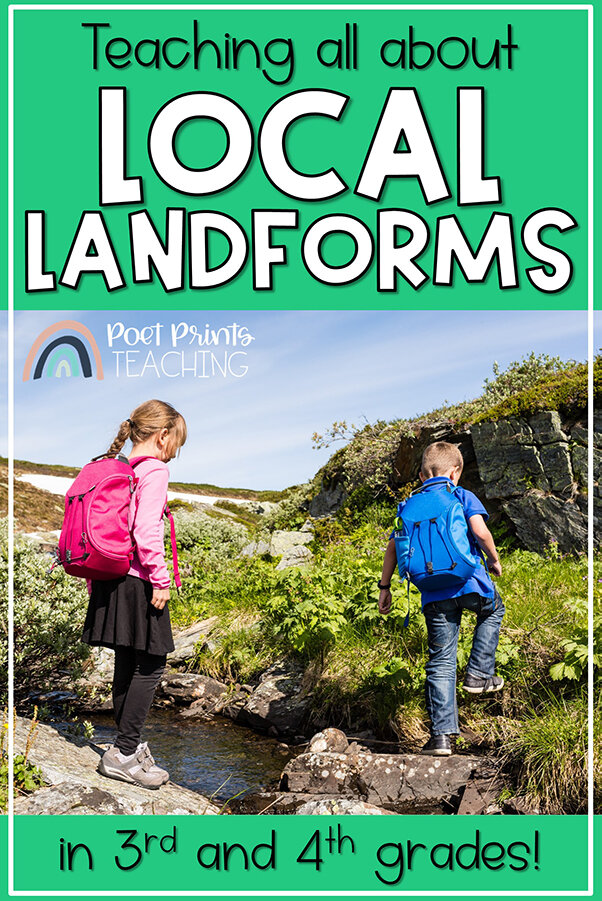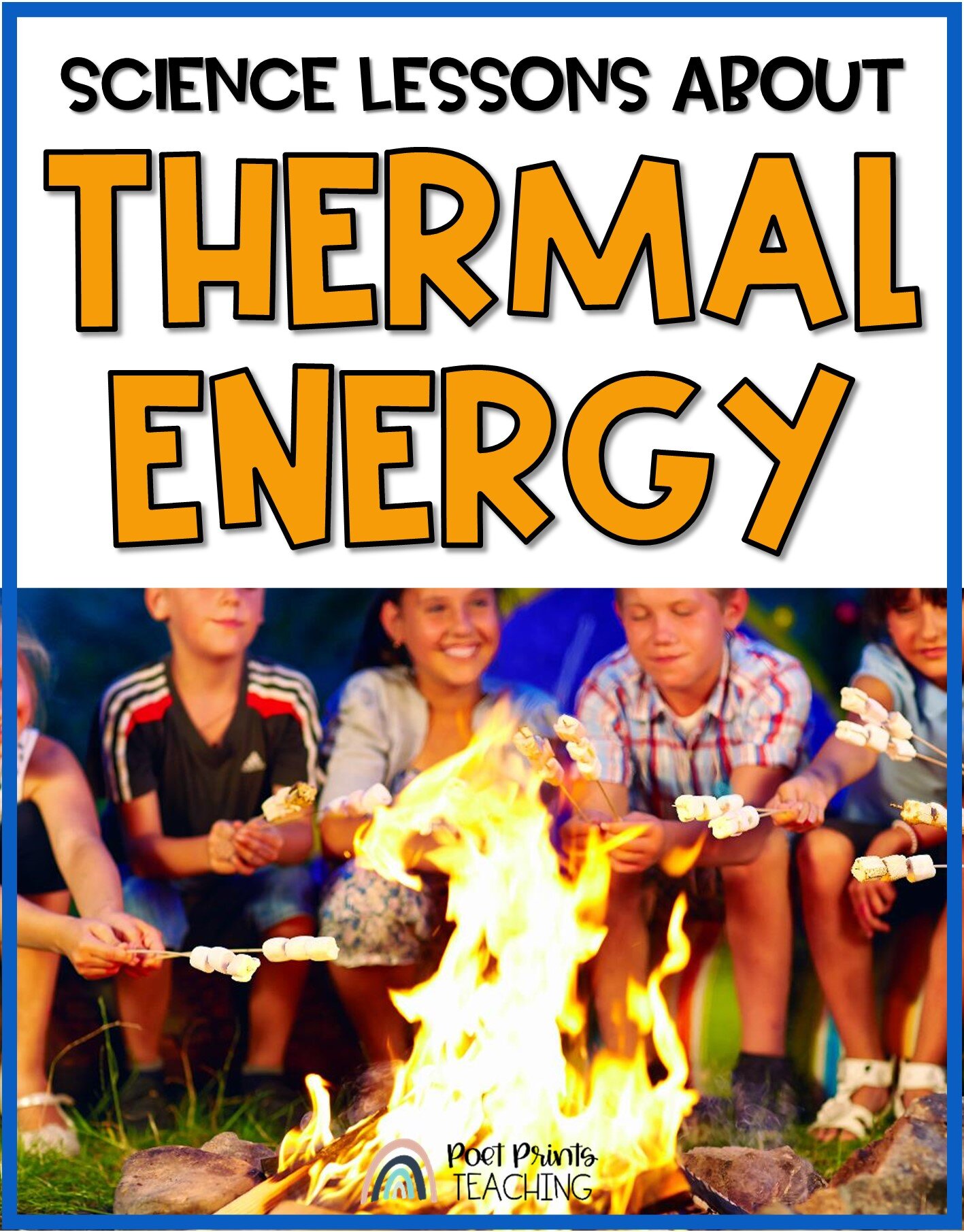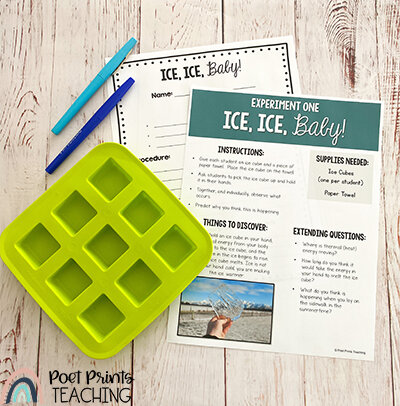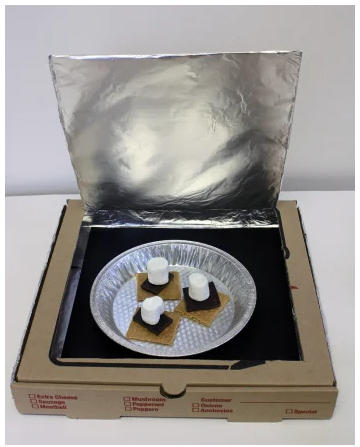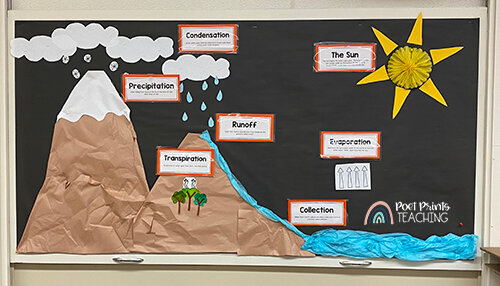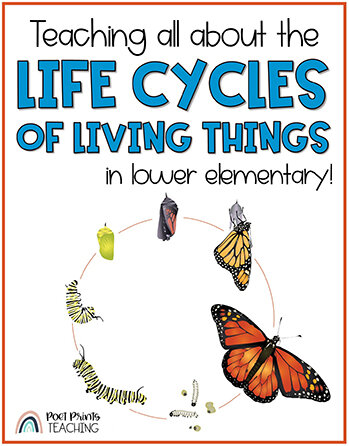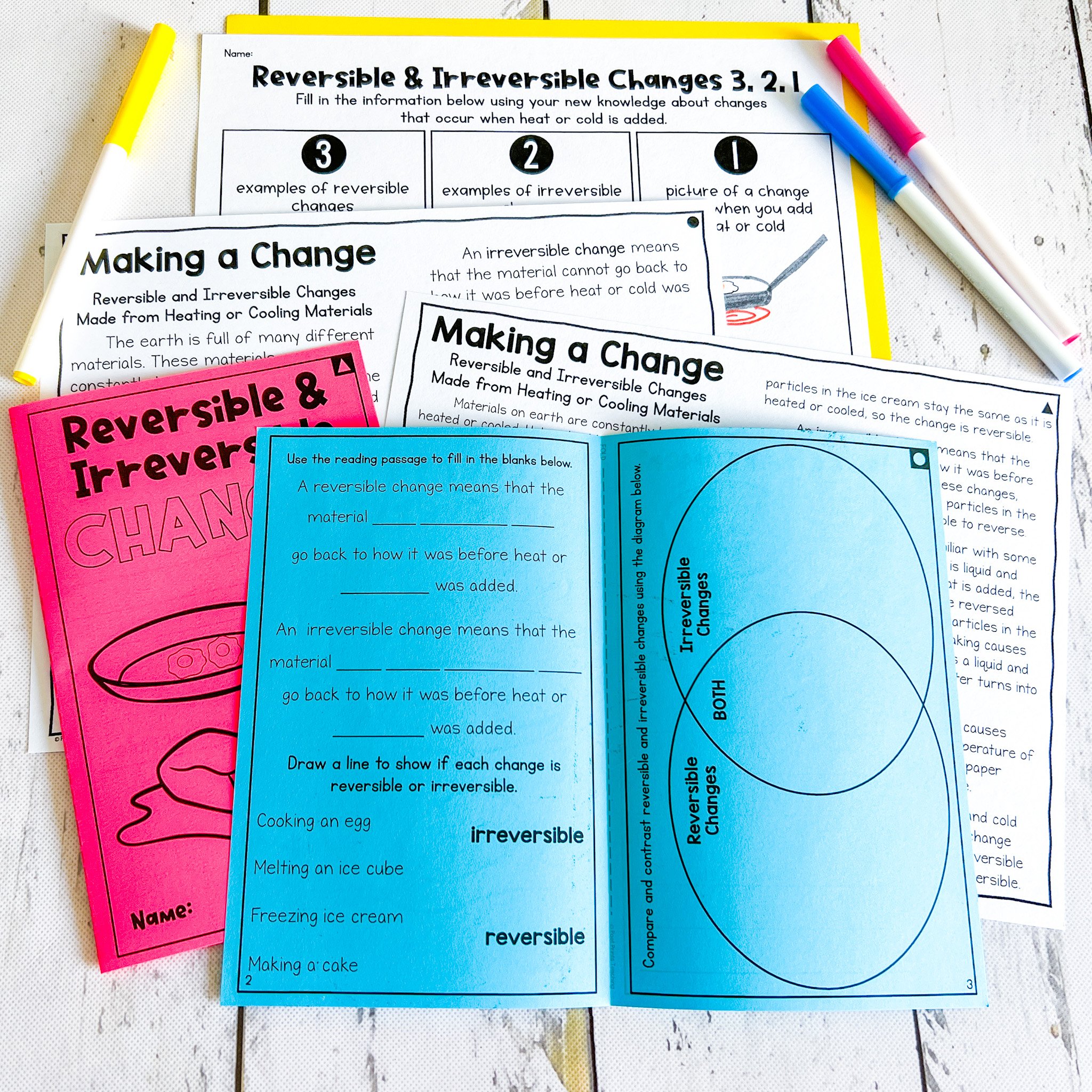I’ve been planning to write this post for a while, but I never thought it would be THIS relevant! Where I live on the West Coast, we have had a ton of rain this season and it’s caused floods in several local areas. So writing about the topic of weather-related hazards is quite relevant for students in my area. How do we teach about weather-related hazards to our students? There are several engaging ways for students to learn about weather-related hazards in third grade.
What are weather-related hazards?
Extreme weather is anything like extreme precipitation, high winds, hurricanes, extreme heat or cold, thunderstorms and lightning. These weather events can cause hazards like flooding, injury, damage to buildings and crops, and even death. There are ways to help prevent these hazards in the community, such as building seawalls, living in wind resistant shelters and having hurricane shelters. There are several ways to engage students in activities to help them learn about extreme weather and weather-related hazards.
Reading about types of extreme weather and natural disasters
Reading passages about weather related hazards.
At the beginning of an extreme weather unit, I like to have my students read about different types of extreme weather. They also read about the weather-related hazards associated with each form of weather. For example, when reading about hurricanes, students will also read about the importance of staying indoors and staying away from doors and windows.
Before students can begin designing and researching, they first need to understand the different forms of extreme weather. Reading informational text is my favorite way to help build this background knowledge.
Design a weather resistant shelter
Have students build a Wind Resistant Shelter! Grab the plans here.
After students have had a chance to read about extreme weather and weather-related hazards, it’s time to get hands-on! Challenge your students to make a wind resistant shelter. Prepare materials, like tape, glue, popsicle sticks, paper, cardboard, etc, for each student or small group of students. Take time to talk about what you know about stable shelters. Then make a T-chart of characteristics of stable and unstable shelters.
After students have brainstorms the characteristics of stable and unstable shelters, they get to design their own wind resistant shelter. I like to use a hair dryer as my source of wind! Students really get a kick out of seeing their shelter “attacked” by the hair dryer.
Extreme Weather Research Project
Research solutions to local weather related hazards. Have students identify the answer to questions like:
What weather do you see?
What ways do people locally reduce impacts?
How do people prepare?
How are houses built?
How are people warned about extreme weather?
Students love learning about their own neighborhoods, but also let them research other areas of the world as well. For example, do communities in Kansas prepare for high winds differently than communities in Asia? These are interesting research questions for students to look into.
build a bridge
In many areas of the world, heavy rains can affect rivers, which in turn can affect bridges. Similar to the weather resistant shelter, challenge your students to build weather resistant bridges. Have students experiment with materials like sugar cubes, lego pieces, paper, popsicle sticks, etc. Students should build their bridge in a tupperware container. Then pour water into the container to see how the bridge reacts to water. You could even move the tupperware container from side to side to simulate waves.
Different materials will react differently in water. This challenge is open-ended and allows students to use their critical thinking skills.
Extreme Weather Safety Kit
Another great way to learn about weather-related hazards is to learn about how to prepare for them. Each region is prone to different types of extreme weather, but it seems like safety kits are pretty standard no matter which extreme weather we face. Talk to students about items that should be in a safety kit and have students put together a sample.
I’m not talking about a physical sample (unless you have the resources and budget to do this). I’m meaning a paper collage. Have students cut out pictures of things like canned food, water bottles, flashlights, bandaids, etc. Then have students glue these onto their “safety kit”. They can take this home to show their parents.
If you’re looking for lessons that are completely prepared for you, check out my Reading into Science: Weather Related Hazards unit. This unit is designed to teach third grade students all about 7 different kinds of extreme weather and weather related hazards. What is extreme weather? How can we protect ourselves and our homes from extreme weather? What hazards should we be aware of?
The lesson plans are completed for you so you don’t have to worry about anything.
Plan Your Extreme Weather Lessons with a Click!
Looking for a FAST way to plan out your hazardous weather unit that already includes paired nonfiction passages? In just a few clicks you can grab all of the pieces you need: lesson plans, paired passages, reading comprehension, key reading skills, and a hands-on STEM challenge. Click and print. Planning is really that easy.
Extreme weather, weather-related hazards and weather safety as such important topics to explore with our students. If you have any favorite activities that you use to teach about weather-related hazards in third grade, feel free to let me know!














